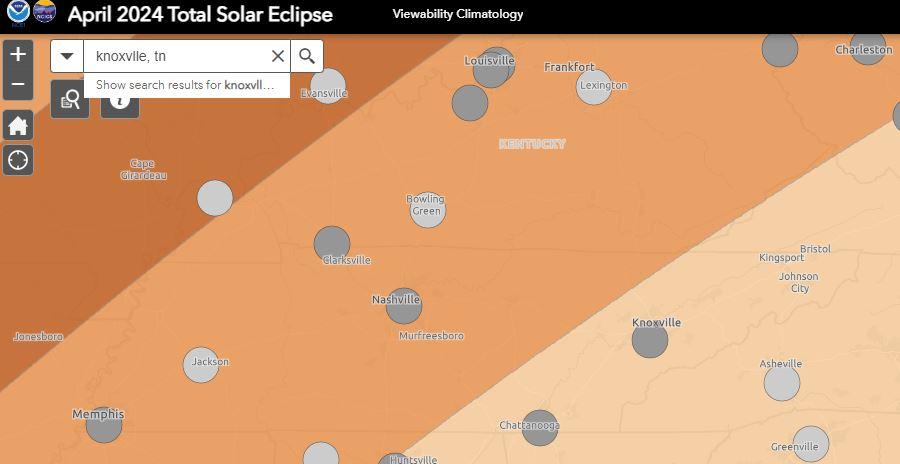Monday’s anticipated solar eclipse is bringing excitement about this rare occurrence along with renewed interest in science and even questions about solar technology. As America goes mainstream with distributed solar, questions have arisen about solar’s reliability when the moon blocks this typically generous source of free energy.
The short answer is, no, the sun will not be providing solar energy during the eclipse. Just like we don’t receive solar radiation at night, during the short period of around three hours when the moon is partially eclipsing the sun, we would not expect much of the sun’s light to be energizing photovoltaic cells.
There are multiple ways businesses or homes with solar arrays continue to have access to electricity even at night – or in this case, an eclipse of the sun. One way is that most facilities using solar systems are also connected to their local public utility, which continues to feed electricity for the darkest periods of time when it is needed. Another way is through battery storage, so excess power generated previously from the sun is ready to be used during the eclipse times, just as it would be at night. A facility could also use backup power from a generator.
Now that larger electric utilities include solar in their mix of power generation for the grid, this mix means some may rely more heavily on other energy sources such as gas or hydroelectric systems during the eclipse; similar to the approach they take at night. They also may use energy storage for flexibility.
President Abby Hopper of the Solar Energy Industries Association stressed the reliability and predictability of using solar to the New York Times, saying about Monday’s solar eclipse, “For Americans with solar on their home, it won’t be any different than a passing thunderstorm.”
Both large industrial pv systems and smaller ones should be designed with Typical Meteorological Year or TMY data in mind, with predictable patterns reflecting ebbs and flows in how much sunlight is hitting the modules. Systems are anticipated to have production patterns that include those occasional thunderstorms and other times of less sunlight.
Here are a few fun links about eclipse science:
National Renewable Energy Laboratory Grid Impact Study
Graphic of Grid Impact by NREL
National Oceanic and Atmospheric Administration Eclipse Info.
National Aeronautics and Space Administration Eclipse Info.
Free STEM Lesson Plans from the Oak Ridge Institute for Science and Education
Anne Brock is marketing coordinator for Solar Alliance, which designs and manages solar installation projects for manufacturers and small businesses. It also offers a Solar 101 class. She can be reached at 865-221-8349.

